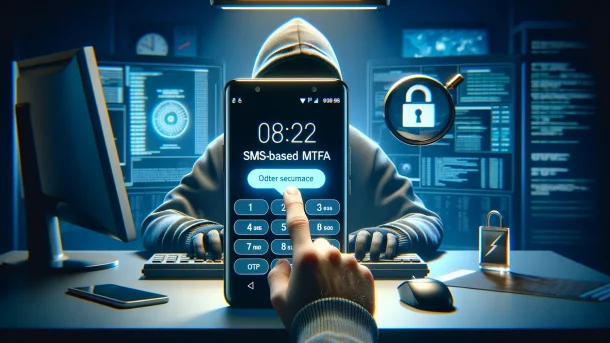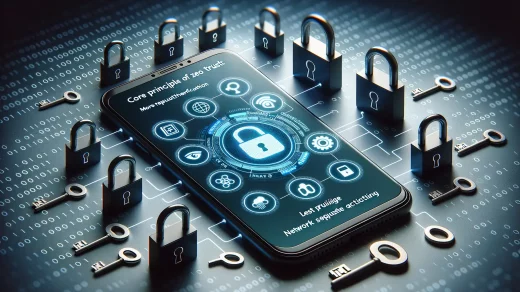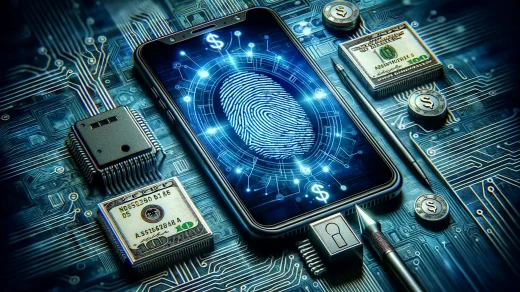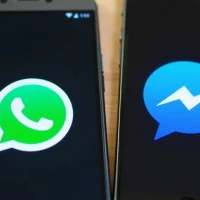Introduction to Multi-Factor Authentication (MFA)
Picture this: your bank app asks for your password, you type it in, and boom—you’re in. Sounds convenient, right? But let’s face it, passwords alone are no match for today’s cyber predators. This is where Multi-Factor Authentication (MFA) swoops in like a digital bodyguard! It’s that extra layer of security whispering, “Relax, we’ve got you covered.” With MFA, you don’t just rely on *one* gatekeeper—you stack the odds in your favor.
What Makes MFA So Powerful?
MFA works by combining multiple methods to verify it’s really you. Think of it like a lock on a treasure chest: one key might work, but two or even three? Now you’re untouchable. These factors can include:
- Something you know: A password or PIN.
- Something you have: A phone, smart card, or hardware token.
- Something you are: Your fingerprint, face scan, or voice recognition.
The magic lies in combining these checkpoints. A hacker may crack a password, but good luck lifting someone’s thumbprint from their living room!
Why It’s No Longer Optional
Gone are the days when MFA was just a fancy “nice-to-have” option. With identity theft and phishing attacks surging, secure mobile apps need it like cars need seatbelts. Whether you’re logging into your favorite streaming app or managing sensitive finances, skipping MFA is like leaving the front door wide open while you’re away. And who wants a digital break-in?
Limitations of SMS-Based MFA
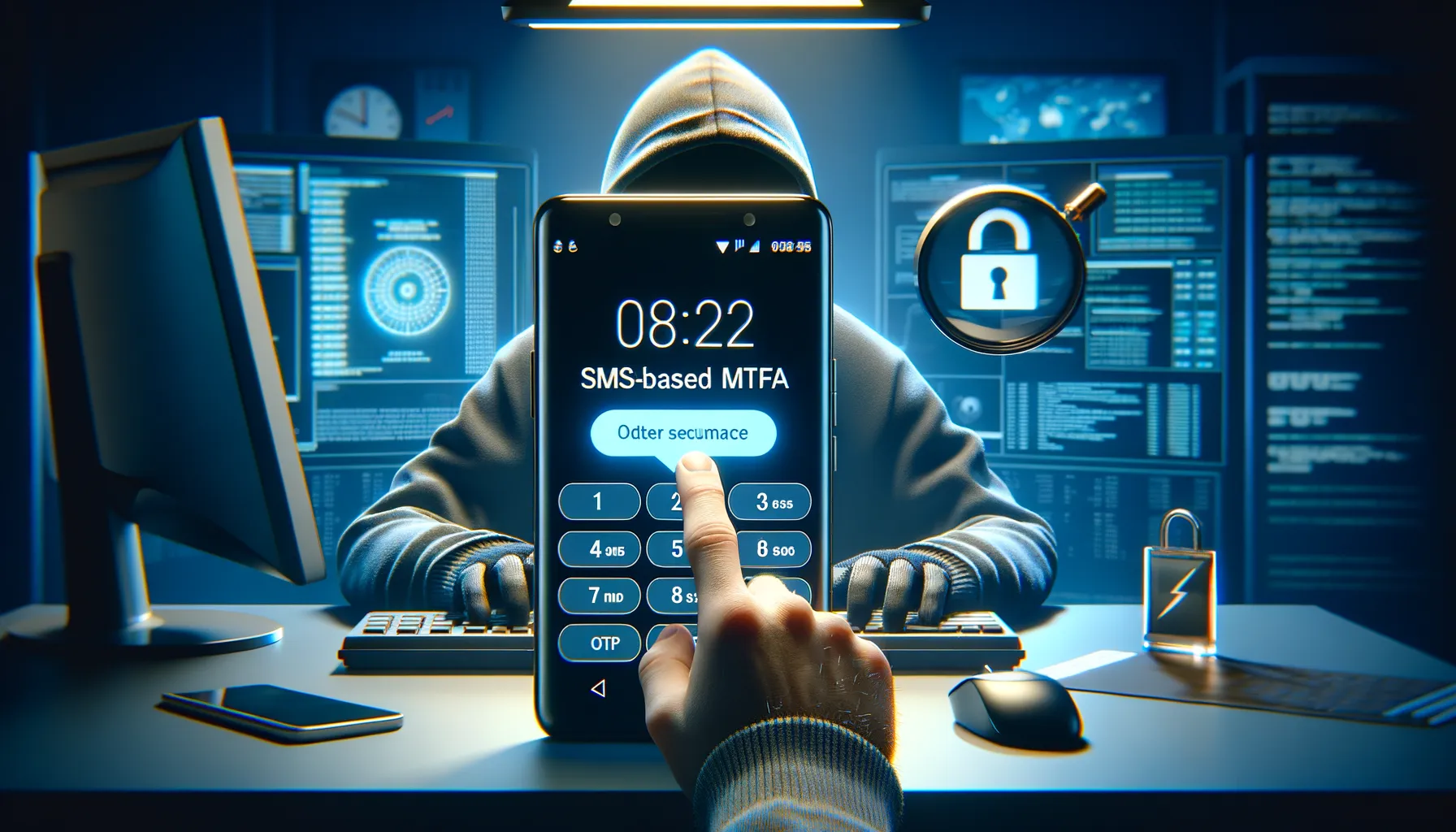
Why SMS MFA Isn’t as Bulletproof as You’d Hope
Picture this: you’re relying on a fortress of security to protect your mobile app, but one of its walls is made of paper. Unfortunately, that’s often what SMS-based Multi-Factor Authentication (MFA) feels like in today’s cyber world. It’s not without its merits—it’s easy to implement and familiar to users—but cracks in its foundation are becoming impossible to ignore.
First, let’s talk about interception. Cybercriminals have advanced tools, and techniques like SIM swapping or even network-level attacks make stealing those six-digit codes frighteningly simple. Think of handing over your house key to a stranger wearing a friendly smile—they may look trustworthy, but appearances can deceive.
Secondly, SMS relies on cellular networks, which aren’t always reliable or secure. Ever been stranded in a dead zone when you needed an urgent code? Frustrating, right?
Lastly, privacy takes a hit. Your phone number becomes a valuable breadcrumb for attackers to exploit, and that’s a risk many users don’t fully grasp.
- Messages can be rerouted without your knowledge.
- Attackers use social engineering to convince carriers to transfer your number.
With these vulnerabilities, SMS MFA can feel like locking your front door but leaving the window open.
Alternative MFA Methods for Mobile Apps
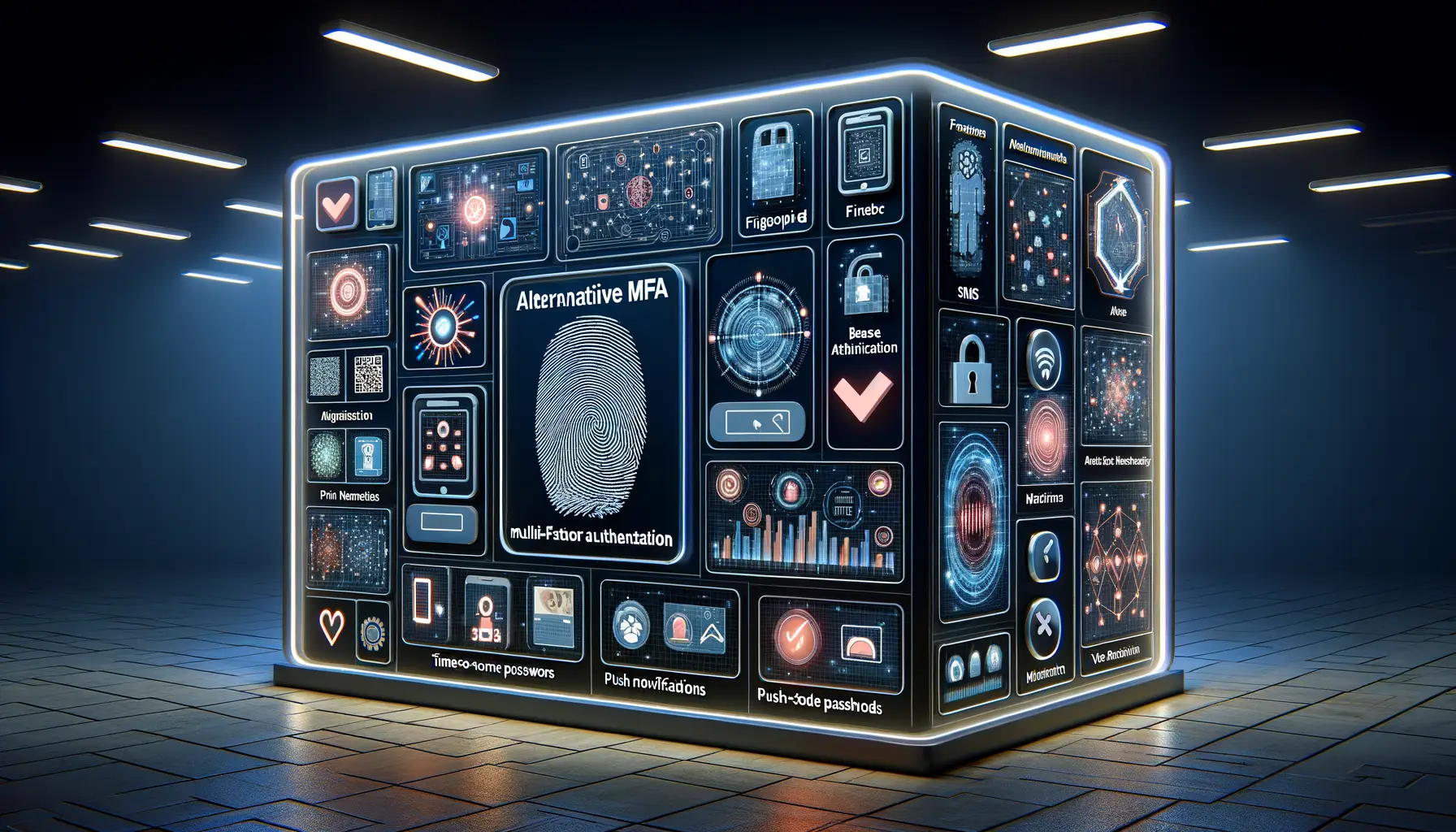
Biometric Authentication: Your Body, Your Password
Imagine unlocking an app with just your face or fingerprint – it feels like magic, right? Biometric authentication seamlessly connects convenience with top-tier security. Think about it: nobody can “lose” their fingerprint or accidentally leave their facial structure at home. By integrating features like fingerprint scanning or face recognition, apps tap into the one thing hackers can’t duplicate – YOU.
Plus, most modern mobile devices already have these sensors baked in, making implementation a smoother process for developers than you might think. Whether you’re checking your bank account or validating a payment, biometrics make it simple yet super secure.
App-Based Authentication: A Tap Away From Safety
If you’re hoping to ditch unreliable SMS codes, look no further than app-based authenticators. These handy tools, like Google Authenticator or Authy, generate short-lived, rotating codes or push notifications to verify your identity.
Here’s why users swear by them:
- Offline-friendly: No internet? No problem – codes work without connectivity.
- Phishing-resistant: Since everything stays within the app, attackers are left empty-handed.
- Customizable: Users can pair multiple accounts across devices for added flexibility.
Apps like these turn verification from tedious into a quick tap adventure. Why settle for slow when you can have sleek?
Best Practices for Implementing Secure MFA

Think Beyond the Basics: Strengthen Your MFA
Implementing secure Multi-Factor Authentication (MFA) isn’t just a technical checkbox—it’s the digital armor protecting your users from relentless cyber threats. While basic methods might shield against casual breaches, you need a fortress, not a picket fence.
Start by choosing authentication factors that are tough to crack. Biometrics like fingerprints and facial recognition provide a modern, user-friendly layer of security. But remember, even these aren’t bulletproof. Add a second layer, such as a time-sensitive passcode generated via an app (TOTP), for double protection.
When integrating these factors into your mobile app, prioritize user experience. Nobody wants to feel like they’re solving a puzzle just to log in! Use intuitive flows and ensure your prompts are clear and accessible.
- Encrypt everything: From passwords to QR codes, keep sensitive data locked tight.
- Monitor risk patterns: Adapt authentication methods dynamically if unusual activity is detected (e.g., odd login locations).
Lastly, don’t shy away from backup options. Offer alternatives like hardware keys or recovery codes for emergencies. It’s all about balance: robust security without frustrating honest users. That’s where the magic happens.
Future Trends in Mobile App Authentication
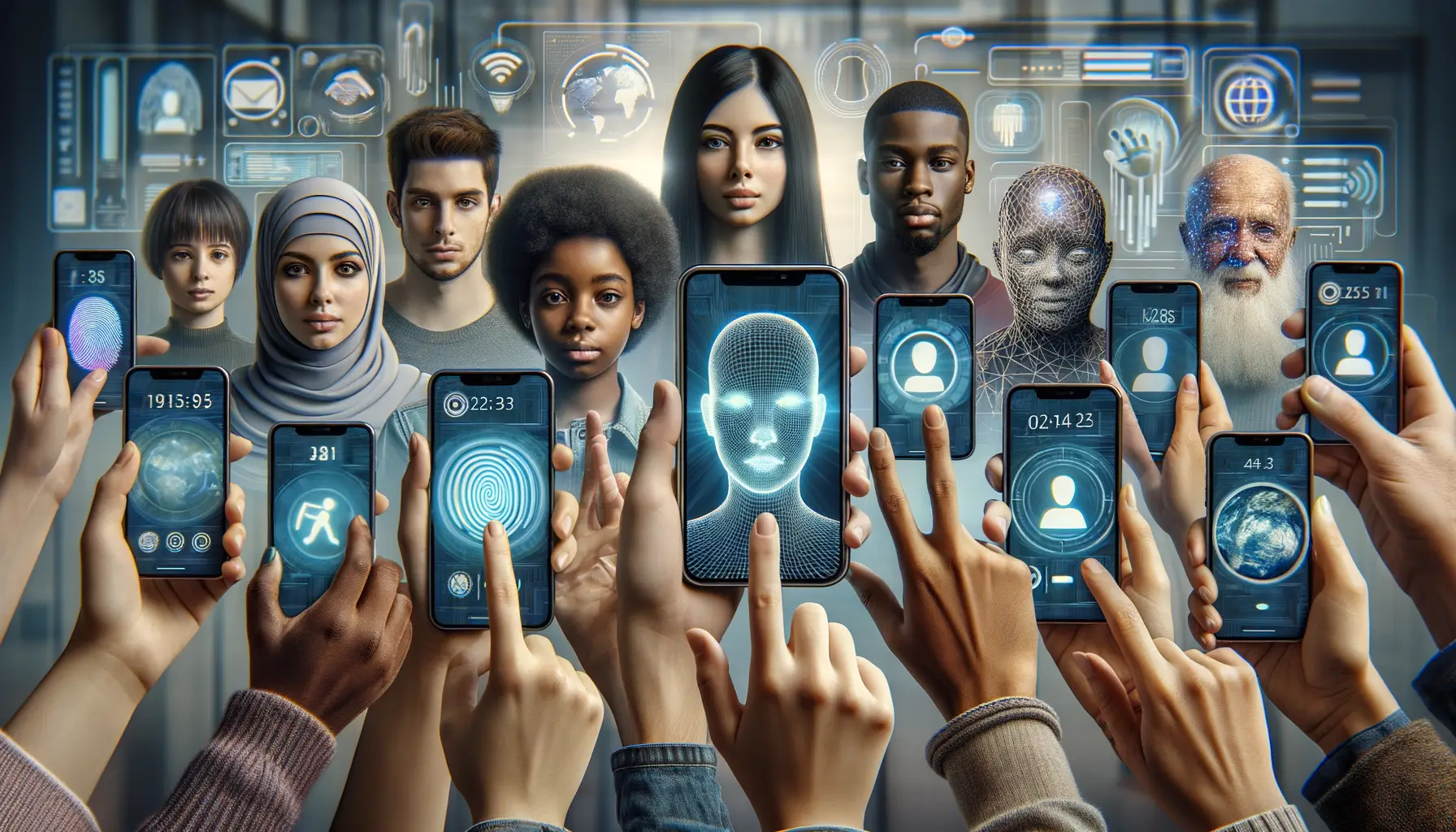
The Rise of Biometric Innovations
Imagine unlocking your favorite app with a gentle smile or the tap of a fingertip. That’s not sci-fi—it’s the now and the near future. As mobile app developers race to outdo one another, biometrics are taking the spotlight: fingerprints, facial recognition, voice patterns, and even behavioral habits.
Why such a push? Well, passwords are like a rusty lock—useful at first, but frustratingly outdated when someone picks it. Biometrics offer something unique: they’re *you*. No fumbling for codes, no “forgot password” nightmares. Apps like banking platforms are already rolling out these features, and the adoption curve is only climbing.
- Fingerprint scanning: Far beyond just an iPhone unlock, apps now match prints for secure payments.
- Facial recognition: Trusted by apps such as PayPal and WhatsApp for identity verification.
Invisible Authentication: The Seamless Dream
Think authentication without interruptions—no codes, no taps, just you living your digital life. Here’s the concept fueling this dream: passive, AI-driven algorithms that track how you swipe, type, and hold your phone. It’s subtle, almost imperceptible.
For instance, an app could determine your identity based on typing speed or the pressure of your taps. It feels futuristic, right? But companies like Google are already experimenting with this kind of invisible security layer. The beauty lies in how it blends into your experience, making apps smart enough to recognize you without asking constant questions.
Get ready—because tomorrow’s mobile security doesn’t just keep up with us. It anticipates us.

